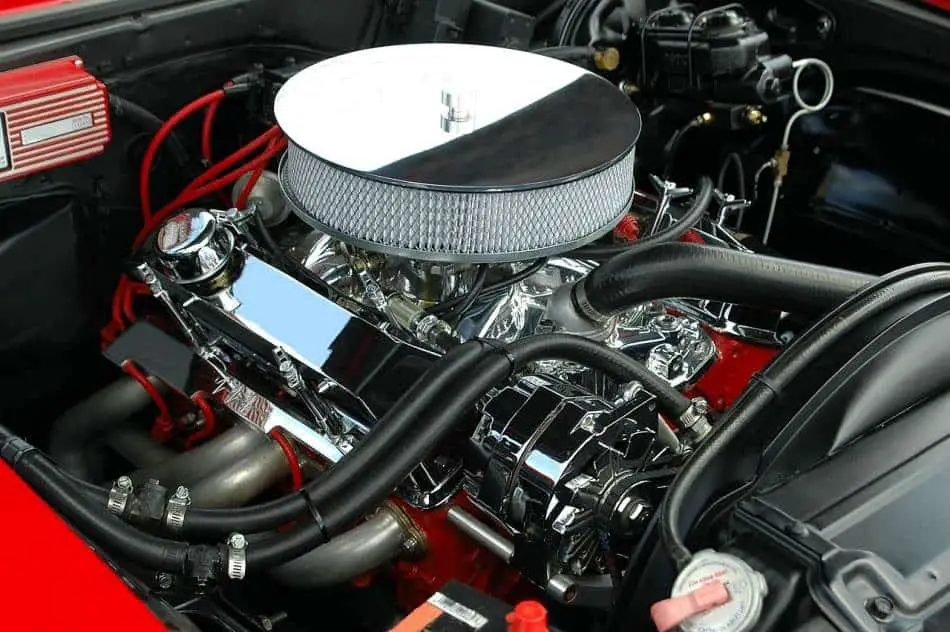 Since a gas car uses an alternator to convert ac power into dc, it seems logical that even hybrid or electric cars would have an alternator. Nevertheless, the answer to this question is not so clear-cut.
Since a gas car uses an alternator to convert ac power into dc, it seems logical that even hybrid or electric cars would have an alternator. Nevertheless, the answer to this question is not so clear-cut.
Do hybrid cars have alternators? A hybrid does not have an alternator. Its electric motor/generators, called M/Gs, can produce the voltage required. Each of these devices is linked together in a hybrid system through the use of a planetary gearset.
In order to explain convert voltage, hybrid use motor/generators. I will now explain how they work in a similar way to alternators.
What is a M/G and how does it act like an Alternator in a Hybrid?
The battery pack has stored electricity although the voltage is too high to be directly used for items such as lights, the radio, and even to charge the auxiliary battery.
The main battery pack that has the stored electricity to run a hybrid can have a voltage around 280 volts. 288 volts is rare, but it is found in the Highlander Hybrid. What is interesting about the HIghlander is that it has a voltage booster that transforms the voltage to as high as 500 volts.
In order for a motor/generator to deal with all types of hybrids, electrical engineers have designed them to be able to deal with a voltage as high as 650 volts.
A motor/generator that reduces the voltage is called a step-down converter. It is needed to send the right voltage to the light load sources.
The motor/generators will convert the voltage down to a level low enough to charge the auxiliary battery and to power the electrical devices such as the radio, lights, electric doors which are considered as being light load sources.
Here is a video that shows a simple set-up of a motor/generator, although is a booster since it converts the voltage to a higher voltage. Just remember that in a hybrid, the reverse happens:
The main difference between an alternator and motor/generators is that some M/Gs will just reduce or increase the voltage from the battery. An alternator is found in gas-powered cars. It has a belt system that spins the rotor that contains an electromagnet.
The alternator will produce AC current that is converted to DC power by its rectifiers, also called its diodes. The DC power charges the battery and the other electronic components such as the ignition.
Since hybrids have an auxiliary battery, it needs to be charged somehow. The charging is done by the motor/generators. The motor/generators will reduce down the voltage before charging the auxiliary battery.
If a Hybrid Does Not Have an Alternator, How is the DC Voltage Lowered for the Auxiliary Battery?
Lowering the voltage from the battery pack is done by the motor/generators. Some people like to call these devices converters because they tend to simply convert the high voltage from the battery packs to a much lower voltage so that the auxiliary battery and other items can be safely charged.
The auxiliary battery in a typical hybrid vehicle operates at a voltage of 12 volts. Most of the electronic accessories in a hybrid also require this same voltage.
In an alternator, the electricity generated is AC and it is converted in 12 volt DC power to be used to charge the auxiliary battery and to power the onboard devices such as the ignition, radio, and lights.
Some of the motor generators resemble an alternator. The GM model especially. The other manufacturers of hybrid do not use motor/generators that resemble an alternator. For instance, Nissan and Lexus hybrids have motor/generators that are strictly DC to DC converters.
Even the GM models have DC to DC converters. All hybrids must have these converters that can give a smooth and consistent voltage flow that will charge the auxiliary battery and power the accessories.
Also, the spinning feature of the alternator does not exist in the M/Gs of a hybrid. Nothing is spinning, they are only performing a voltage conversion.
In other words, if you were to see a signal on your dashboard that states that the 12-volt auxiliary battery is being discharged, you should look into the DC to DC converter and not just assume that you have a faulty alternator. Also, there will be a P-code that appears that will indicate that a converter is malfunctioning.
Nevertheless, it could just be the wiring that is associated with the converter. It is best to have a mechanic look into the problem since sometimes the P-codes are false positives.
What if You Were to Add an Alternator, Would There be a Reduction in the stored Electricity
I have read in forums numerous times, people asking why an alternator is not added to a hybrid configuration. It sounds like a simple thing to do.
Perhaps the spinning of the wheels could spin a belt on the alternator that would generate the electricity needed to charge up the auxiliary battery?
It sounds logical, but it would not work. In essence, the alternator would be generating electricity in the same fashion as regenerative braking. You need to remember that regenerative braking slows down the vehicle before it needs to be slowed down even further by the regular brakes.
If you were to add in an alternator, you will be using up more of the battery power indirectly. The battery power is being used to speed up the vehicle which creates kinetic energy. This kinetic energy will be used up by the alternator through the spinning mechanism that is within an alternator.
If you have a Toyota RAv4 Hybrid, I recommend the seat covers by Luckman. Click to see the current pricing on Amazon.
Some believe that by simply added in an alternator, you could create energy that will charge up the battery pack and you would then never need to use a charging station to do so. This is assuming the concept of perpetual motion is true. Well, it is not true.
Can Adding an Alternator Create a Situation of Perpetual Motion in a Hybrid?
That would be wonderful if by adding an alternator to a hybrid that you could create perpetual motion without needing to add in more energy.
Perpetual motion does not work because it breaks the first two laws of thermodynamics. The first law states that you cannot destroy energy. Also, you cannot create energy, although you can transform it into another form of energy.
The second law of dynamics states that energy can become disordered but it cannot be reversed. For example, if you let a cup of coffee cool down, it is not going to warm up again without any external aid.
Here is a video that explains the second law of thermodynamics:
All that you need to know is that energy cannot be destroyed or created and that a process that is spontaneous cannot be reversed.
A great example of a system that illustrates these laws, is the rotations and the motions of planets. It might seem that these processes are perpetual and that they do not any added energy. However, the planets are losing kinetic energy due to gravitational radiation, solar wind and so forth. So in other words, they are not going to stay in motion forever.
With regards to adding an alternator, you are not going to endlessly have the use of the kinetic energy that is produced by the spinning of the wheels.
The possibility of kinetic energy is coming from somewhere. It is being produced because the electricity from the battery pack is powered by the axles that are spinning the wheels. If you add in the alternator to power the battery pack, you will not gain any extra energy because the energy is actually coming from that same battery pack.
Even though you might now agree that a simple alternator is not going to be able to charge the battery pack perpetually in a Hybrid, but what if we add one that is extremely efficient?
Could you just find an alternator that was super efficient so that it would be able to charge even slightly the battery pack? It is not possible to do so, energy is always lost into the atmosphere once it is transformed into kinetic energy.
I agree that you will be closer to creating a loop that will be close to having the ability to create perpetual motion, but is it never possible based on the laws of thermodynamics.
